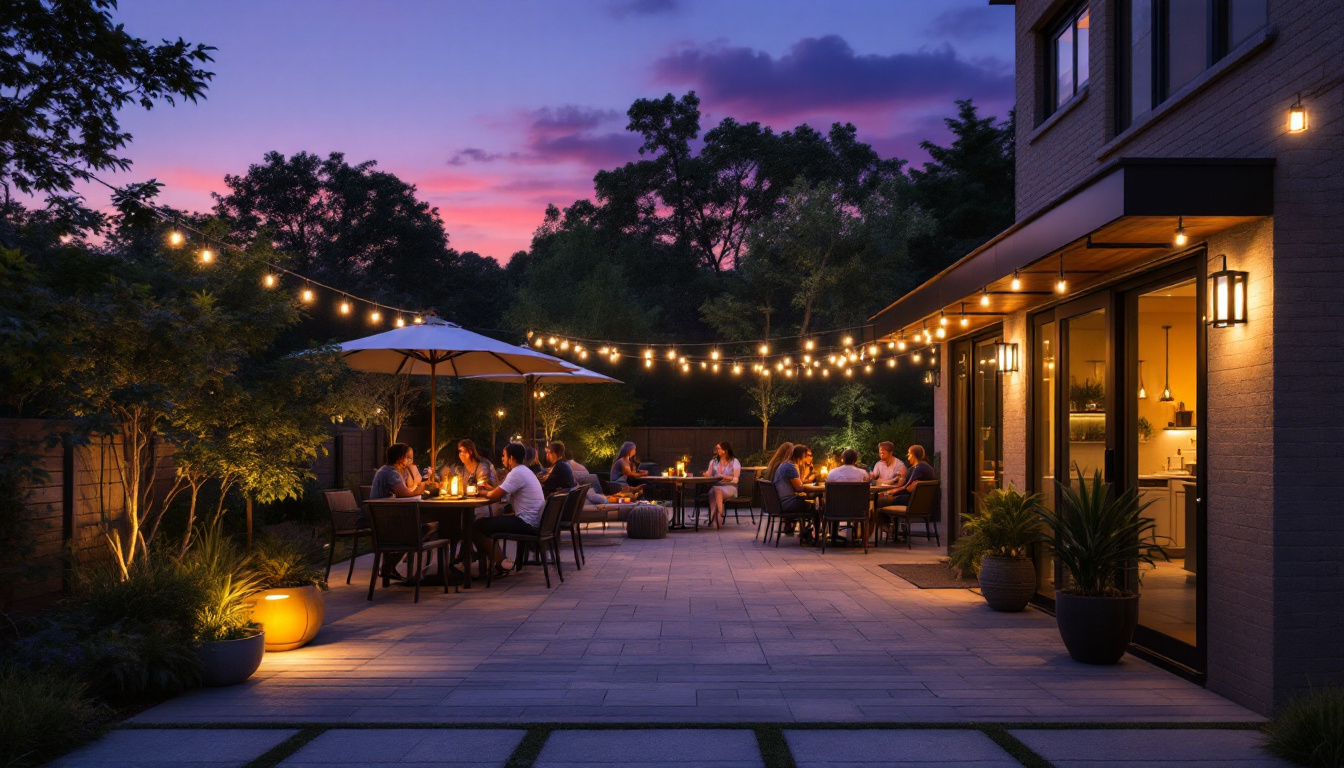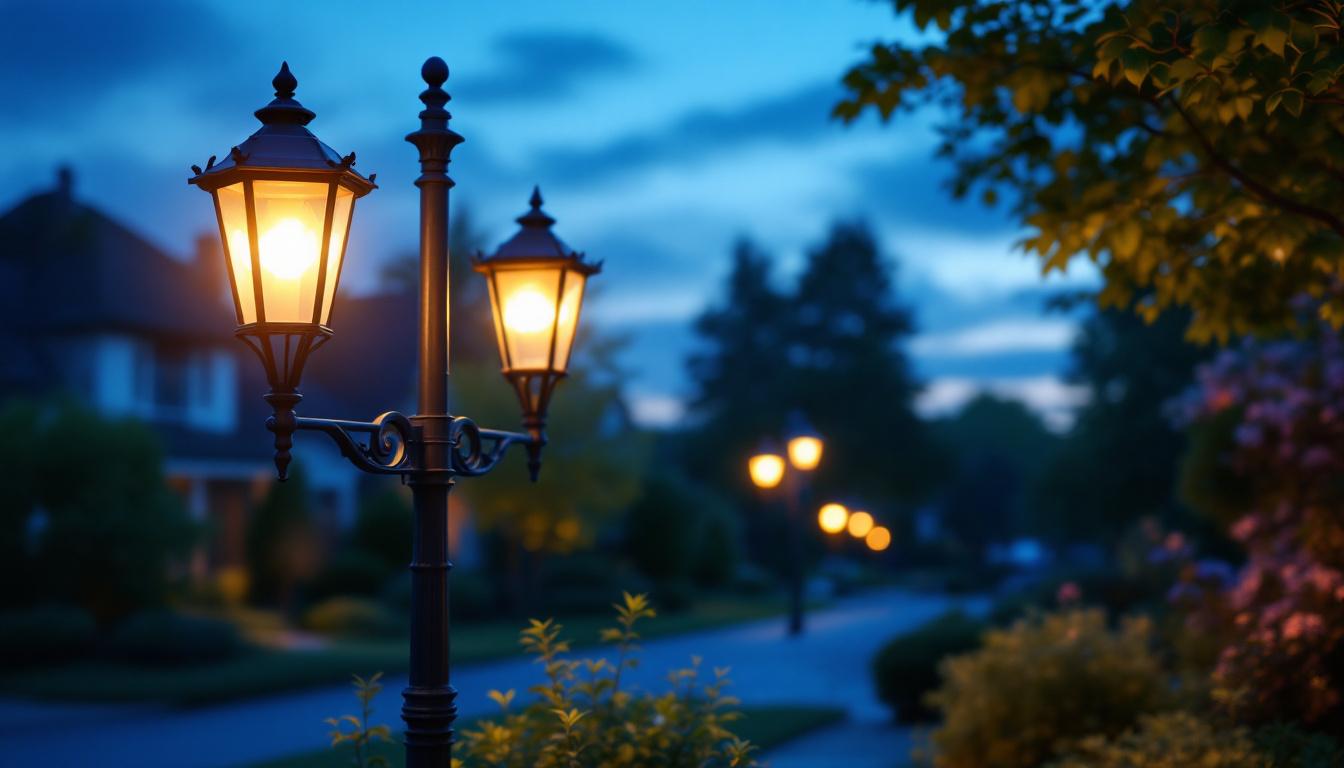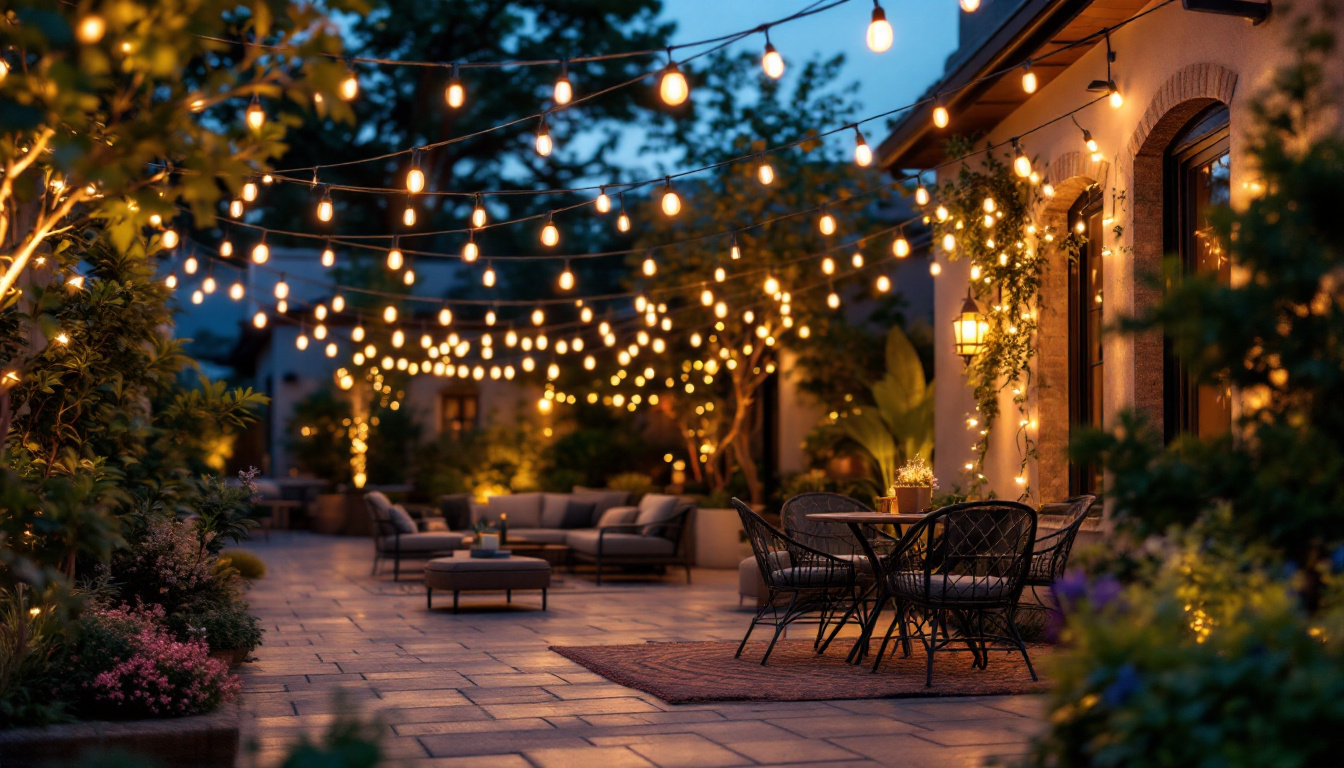
LED light sconces have become an essential component in modern lighting design, offering both functional illumination and aesthetic appeal. For lighting contractors, mastering the nuances of LED sconces is crucial to delivering high-quality installations that meet client expectations and comply with industry standards.
At their core, LED light sconces are wall-mounted fixtures that provide localized lighting. Unlike traditional incandescent or halogen sconces, LEDs offer superior energy efficiency, longer lifespan, and reduced maintenance costs. These advantages make LED sconces a preferred choice in residential, commercial, and hospitality settings.
Understanding the technical aspects of LED sconces—such as lumen output, color temperature, beam angle, and dimming compatibility—is fundamental. This knowledge enables contractors to select and install sconces that not only illuminate spaces effectively but also enhance architectural features and create desired moods.
Energy efficiency is one of the most compelling reasons to recommend LED sconces. LEDs consume up to 80% less energy than traditional bulbs, which translates to significant savings on utility bills for clients. Additionally, LEDs have an average lifespan that can exceed 25,000 hours, reducing the frequency and cost of replacements.
From an installation perspective, LED sconces often come with integrated drivers and low-voltage options, simplifying wiring and reducing the risk of electrical issues. Furthermore, many LED sconces offer dimmable features compatible with modern control systems, allowing for customizable lighting scenes that enhance user experience.
Moreover, the versatility of LED sconces cannot be overstated. They are available in a myriad of styles, finishes, and designs, making it easy for contractors to find the perfect match for any interior or exterior décor. Whether it’s a sleek, contemporary design for a modern home or a more ornate fixture for a classic setting, the options are virtually limitless. This adaptability not only satisfies aesthetic preferences but also allows for creative lighting solutions that can transform spaces dramatically.
Another important aspect to consider is the environmental impact of LED technology. As sustainability becomes a priority for many clients, promoting LED sconces aligns with eco-friendly practices. These fixtures contain no harmful substances like mercury, which is found in some traditional lighting options, and their energy efficiency contributes to lower carbon footprints. By choosing LED sconces, contractors not only cater to their clients’ desires for stylish lighting but also support a greener future, making it a win-win situation for all involved.
Choosing the appropriate LED sconce requires a comprehensive understanding of the project’s requirements, including the space’s function, architectural style, and lighting goals. Lighting contractors must evaluate several factors to ensure optimal fixture performance and client satisfaction.
Begin by analyzing the space where the sconce will be installed. Consider the room’s size, ceiling height, wall color, and existing natural light. For example, in narrow hallways, sconces with upward and downward light distribution can create a balanced illumination that enhances safety and ambiance. In contrast, decorative sconces in living rooms or bedrooms may prioritize style and softer light for relaxation.
Understanding the purpose of the lighting—whether it is ambient, task, or accent—is equally important. LED sconces designed for task lighting should provide sufficient brightness and focused beams, while those intended for accent lighting might emphasize color temperature and fixture design. Additionally, the placement of sconces should be carefully considered; positioning them at eye level can create a more inviting atmosphere, while higher placements can add drama and depth to the room.
Lumen output is a critical metric that defines the amount of light emitted by the sconce. Contractors should match lumen levels with the lighting needs of the space, avoiding under- or over-illumination. For instance, a hallway might require 100-200 lumens per sconce, whereas a bathroom vanity area may need 400 lumens or more. It’s also beneficial to consider dimmable options, allowing clients to adjust the brightness according to their mood or the time of day, thus enhancing the versatility of the lighting.
Color temperature, measured in Kelvins (K), influences the ambiance. Warm white (2700K-3000K) creates a cozy atmosphere, ideal for residential settings, while cooler temperatures (3500K-4100K) suit commercial or task-oriented spaces. Offering clients options that align with their preferences and the space’s function enhances satisfaction. Furthermore, the finish and material of the sconces can impact the overall aesthetic; for example, polished metals can add a touch of elegance, while matte finishes may lend a more contemporary feel.
Beam angle affects how light spreads from the sconce. Narrow beam angles concentrate light in a specific area, useful for highlighting artwork or architectural features. Wider angles provide general illumination and are suitable for hallways or large rooms. Additionally, the design of the sconce itself can influence the light’s effectiveness; fixtures with reflectors can enhance brightness and direct light more efficiently, making them an excellent choice for spaces requiring focused illumination.
Proper installation is paramount to maximizing the performance and longevity of LED sconces. Lighting contractors must adhere to best practices that ensure safety, functionality, and aesthetic quality.
Before installation, conduct a thorough site assessment. Verify electrical supply compatibility, wall material, and mounting height. Most LED sconces require a standard junction box and appropriate wiring, but low-voltage models may necessitate transformers or drivers.
Safety standards, such as those outlined by the National Electrical Code (NEC), must be strictly followed. This includes ensuring proper grounding, using suitable wire gauges, and installing fixtures rated for damp or wet locations when applicable. Compliance not only protects occupants but also avoids liability issues. Additionally, it is wise to familiarize yourself with local building codes, as they may have specific requirements that go beyond the NEC, particularly in residential settings where the safety of families is at stake.
Accurate mounting height is crucial for both functionality and visual appeal. Typically, sconces are installed between 60 and 72 inches from the floor, depending on the room and fixture design. Consistent alignment along walls creates a harmonious lighting effect, especially in corridors or symmetrical spaces. Consider the room’s purpose; for example, in a reading nook, sconces should be positioned to provide adequate illumination without causing glare.
When mounting, use level tools to ensure fixtures are straight and secure. For heavier sconces, additional wall anchors or support brackets may be necessary to prevent sagging or detachment over time. Furthermore, it’s beneficial to plan the layout of multiple sconces in a way that enhances the overall ambiance of the space. Utilizing a design template can help visualize the arrangement and ensure that each fixture contributes to the desired lighting effect.
Connect wiring according to manufacturer instructions, paying close attention to polarity and grounding. For dimmable LED sconces, verify compatibility with dimmer switches and test functionality before completing installation. Incompatible dimmers can cause flickering or reduced lifespan. It’s also advisable to use LED-compatible dimmers, as they are designed to handle the lower wattage of LED bulbs, ensuring smoother operation and better performance.
After installation, conduct a thorough test of each sconce to confirm proper operation. Check for consistent light output, absence of flicker, and secure mounting. Document any issues for prompt resolution. Additionally, consider the color temperature of the LED bulbs used; warmer tones can create a cozy atmosphere, while cooler tones may be better suited for task-oriented spaces. This attention to detail not only enhances the functionality of the sconces but also elevates the overall aesthetic of the environment.
While LED sconces require less maintenance than traditional fixtures, regular upkeep ensures continued performance and client satisfaction. Lighting contractors should educate clients on best practices and be prepared to address common issues.
Dust and dirt accumulation can diminish light output and affect fixture appearance. Recommend clients clean sconces periodically with a soft, dry cloth. Avoid harsh chemicals that could damage finishes or lenses.
Inspect fixtures for signs of wear, such as discoloration, loose mounts, or wiring issues. Early detection of problems can prevent costly repairs or replacements.
Flickering lights often indicate incompatible dimmers, loose wiring, or driver malfunctions. Advise clients to check dimmer compatibility first, as this is a frequent cause. If flickering persists, inspect wiring connections and replace faulty drivers if necessary.
Reduced brightness or color shifts may signal LED degradation or power supply issues. In such cases, replacing the LED module or driver is typically required. Maintaining a stock of common replacement parts can expedite service calls.
The LED lighting industry continues to evolve rapidly, introducing new features and innovations that lighting contractors should be aware of to stay competitive and meet client demands.
Smart LED sconces with wireless connectivity enable users to control lighting remotely via smartphones or voice assistants. Features such as color tuning, scheduling, and scene setting enhance convenience and energy management. Contractors should familiarize themselves with popular smart platforms and installation requirements.
Human-centric lighting designs adjust color temperature and intensity throughout the day to support circadian rhythms, improving occupant well-being and productivity. LED sconces with tunable white capabilities are gaining traction in offices, healthcare, and residential environments.
Clients increasingly prioritize environmentally responsible products. LED sconces with certifications like ENERGY STAR or DesignLights Consortium (DLC) assure energy efficiency and quality. Offering certified products can differentiate contractors and align with green building initiatives.
LED light sconces represent a versatile and efficient lighting solution that meets diverse design and functional needs. For lighting contractors, expertise in selecting, installing, and maintaining these fixtures is essential to delivering superior results and fostering client trust.
By staying informed about technical specifications, installation best practices, maintenance strategies, and emerging trends, contractors can enhance their service offerings and adapt to the evolving lighting landscape. Ultimately, this knowledge translates into successful projects, satisfied clients, and sustained business growth.
Ready to elevate your lighting projects with the expertise and quality you deserve? Look no further than LumenWholesale for a vast array of LED light sconces and other spec-grade lighting products. Our commitment to providing contractors with the best value is unmatched, offering you the high-performance lighting solutions you need at wholesale prices that respect your budget. Say goodbye to middleman markups and hello to free shipping on bulk orders, ensuring you get the most out of your investment. Don’t compromise on quality or affordability—choose LumenWholesale for your lighting needs and make every project shine. Discover our selection and take advantage of the best value in wholesale lighting by visiting Wholesale Lighting at the Best Value today.

Discover essential insights into chandelier lighting that every contractor should know.

Discover essential strategies for lighting contractors to enhance outdoor patio projects.

Discover how incorporating lamp post outdoor lights can enhance your business as a lighting contractor.

Discover the various types of bulb sockets and learn what distinguishes top lighting contractors in their choice and installation.